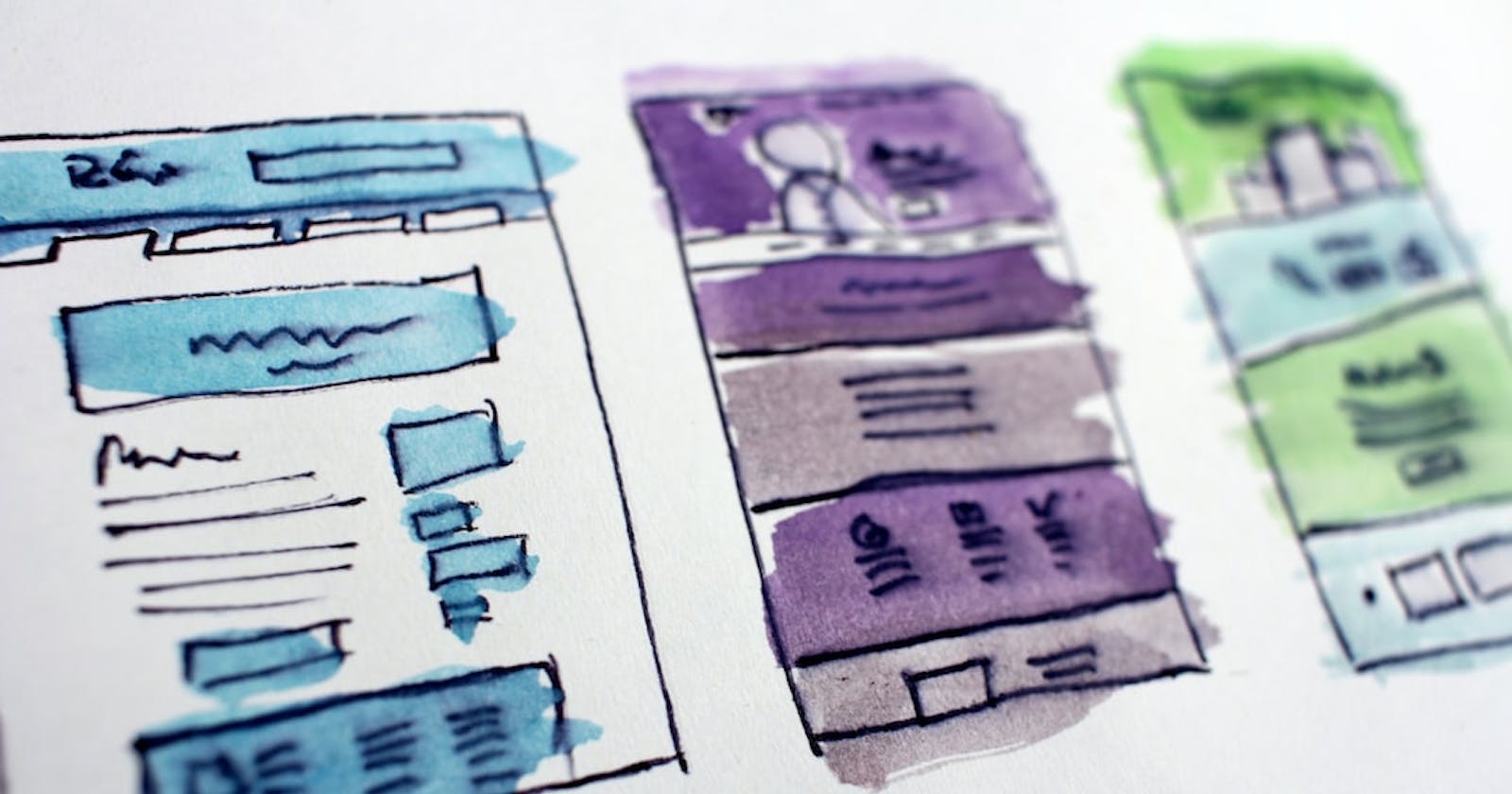Domain-driven design (DDD) is a software development approach that emphasizes the importance of understanding the business domain in order to create effective software solutions. By identifying and modeling key business concepts, DDD helps developers create software that aligns with the needs of the business.
If you're working on a Go project and are interested in applying DDD principles, here are some tips to get started:
- Start with a clear understanding of the business domain
Before you can start designing your software, you need to have a deep understanding of the business domain you are working in. This means taking the time to talk to stakeholders, read documentation, and analyze existing systems. You should be able to identify the key business concepts, relationships, and processes that will need to be modeled in your software.
- Create a domain model
Once you have a clear understanding of the business domain, the next step is to create a domain model. This is a conceptual model that captures the key business concepts and their relationships. The domain model should be created in close collaboration with business stakeholders and subject matter experts.
In Go, you can create your domain model as a set of structs and interfaces that represent the key concepts in your domain. You should also define the relationships between these concepts using embedded structs or interfaces.
- Implement domain services
Once you have a domain model in place, the next step is to implement domain services. Domain services are the business logic that operates on the domain objects. In Go, domain services can be implemented as functions or methods that take in domain objects and return domain objects or values.
It's important to keep the domain services focused on the core business logic and avoid including implementation details or technical concerns. This will help keep your code clean and maintainable.
- Use value objects
Value objects are domain objects that have no identity beyond their value. They are immutable and can be shared freely between different parts of the system. In Go, value objects can be implemented as structs with no mutable fields.
Using value objects can help simplify your code and make it more expressive. They can also help ensure that your code is correct by enforcing business rules at the type level.
- Use bounded contexts
A bounded context is a way of grouping together domain objects and services that are related to a specific part of the business domain. By using bounded contexts, you can create a clear separation of concerns between different parts of your system.
In Go, you can implement bounded contexts as separate packages that contain the domain objects and services related to a specific part of the business domain. This can help keep your code organized and maintainable.
- Write tests
Finally, it's important to write tests for your domain code. Tests can help ensure that your code is correct and that it behaves as expected. They can also help catch regressions when changes are made to the code.
In Go, you can write tests using the built-in testing framework. You should aim to write tests that cover all the important scenarios and edge cases in your domain logic.
Applying domain-driven design principles in Go can help you create software that aligns with the needs of the business. By starting with a clear understanding of the business domain, creating a domain model, implementing domain services, using value objects, defining bounded contexts, and writing tests, you can create clean, maintainable, and effective software solutions.

